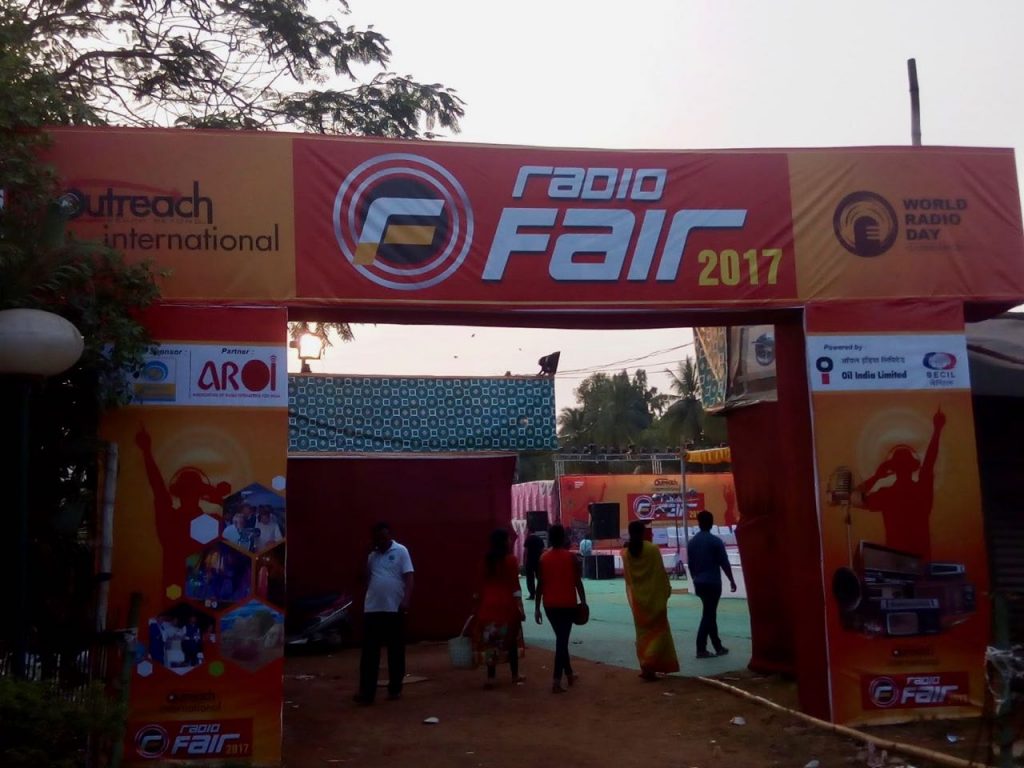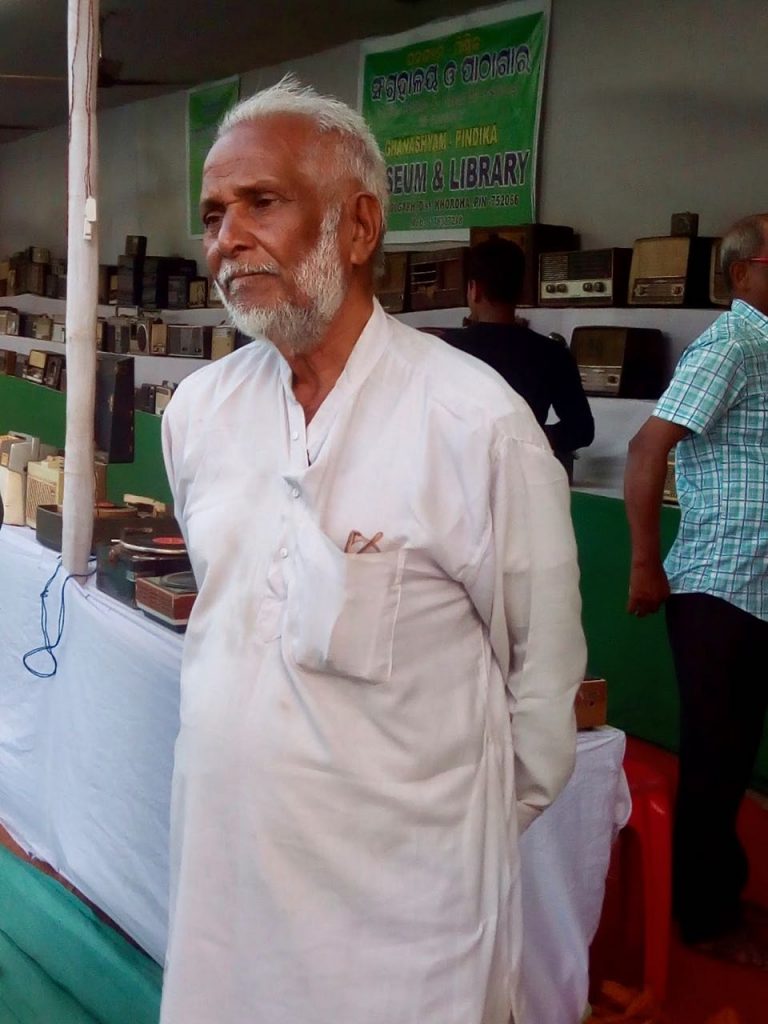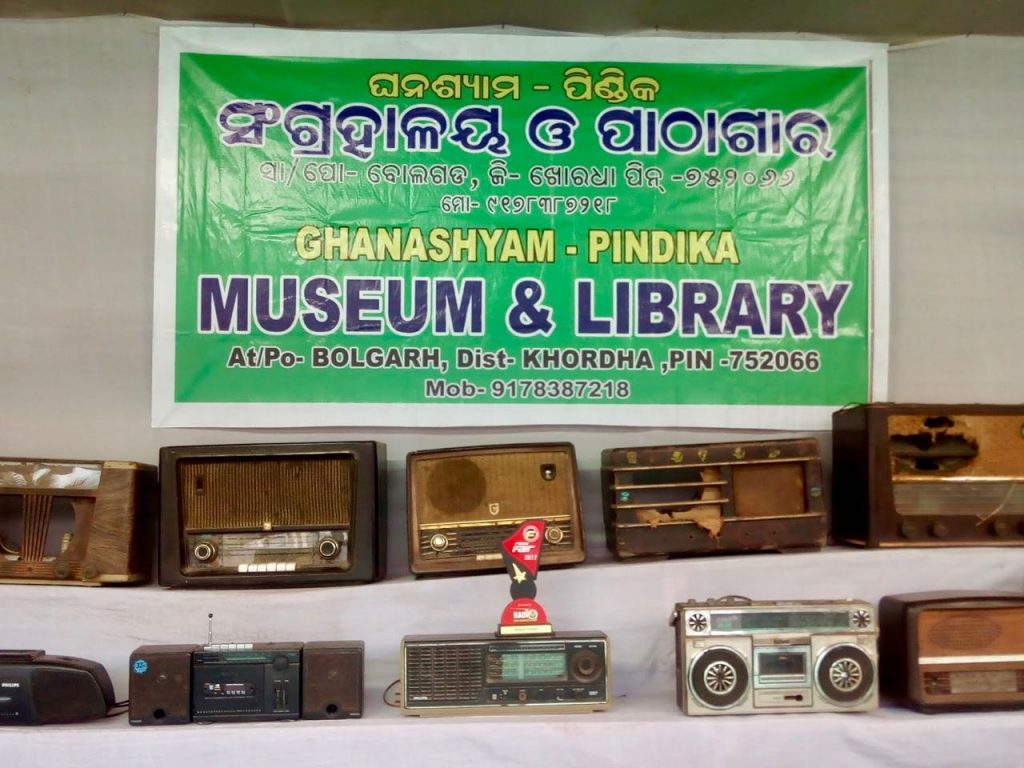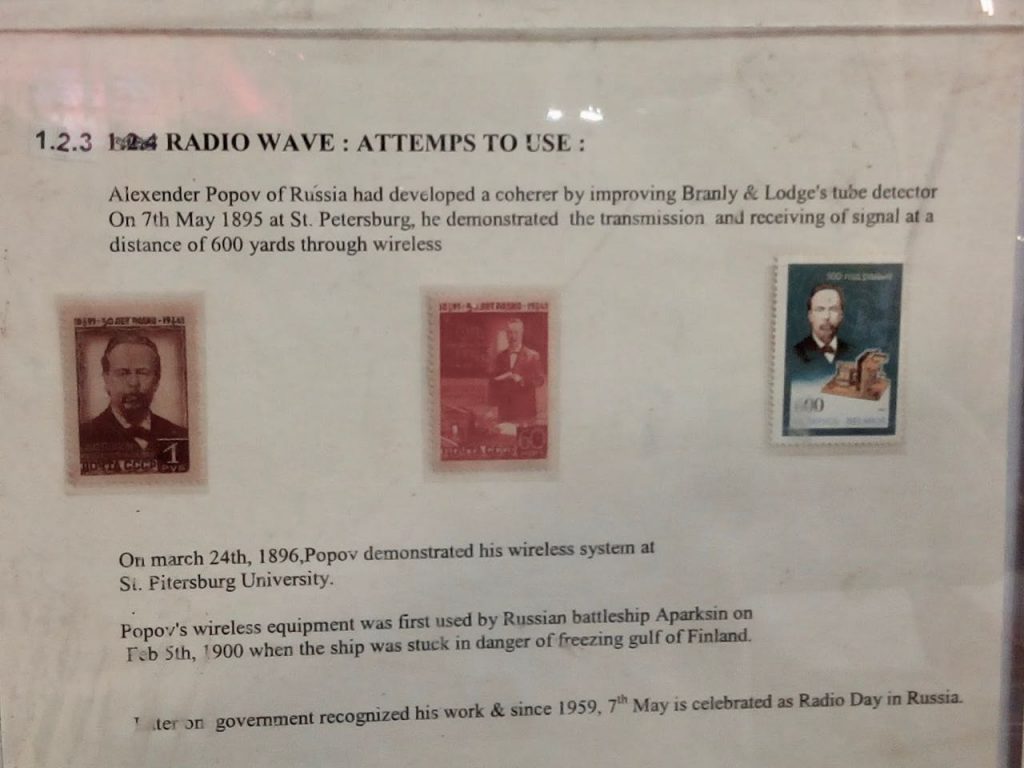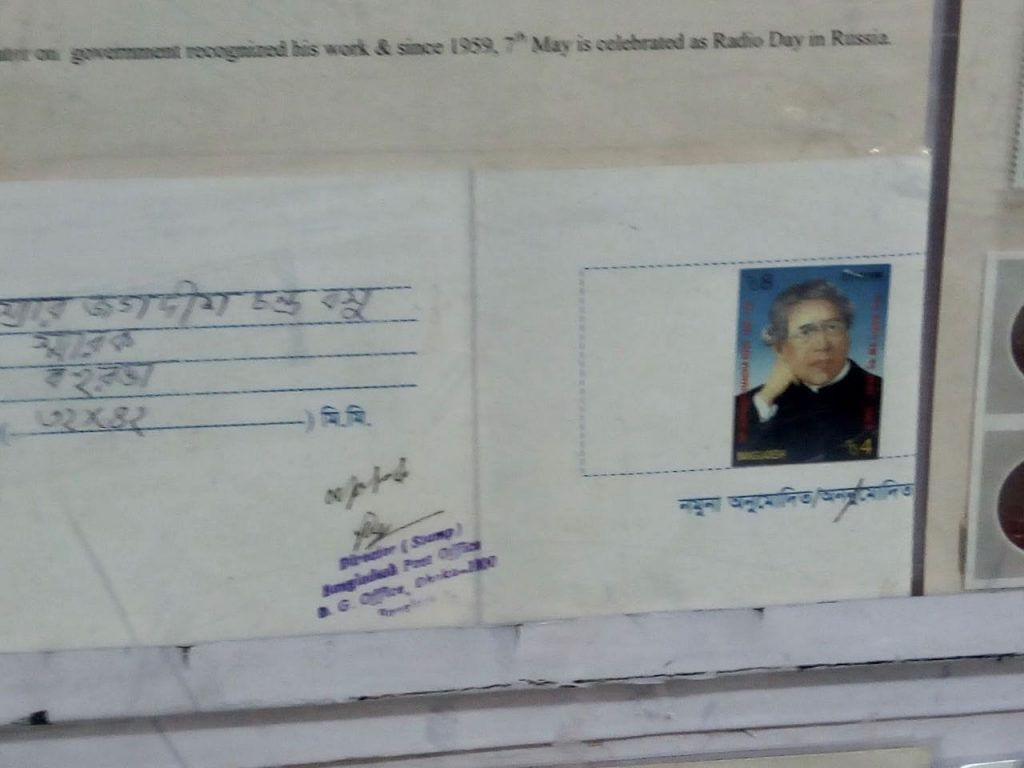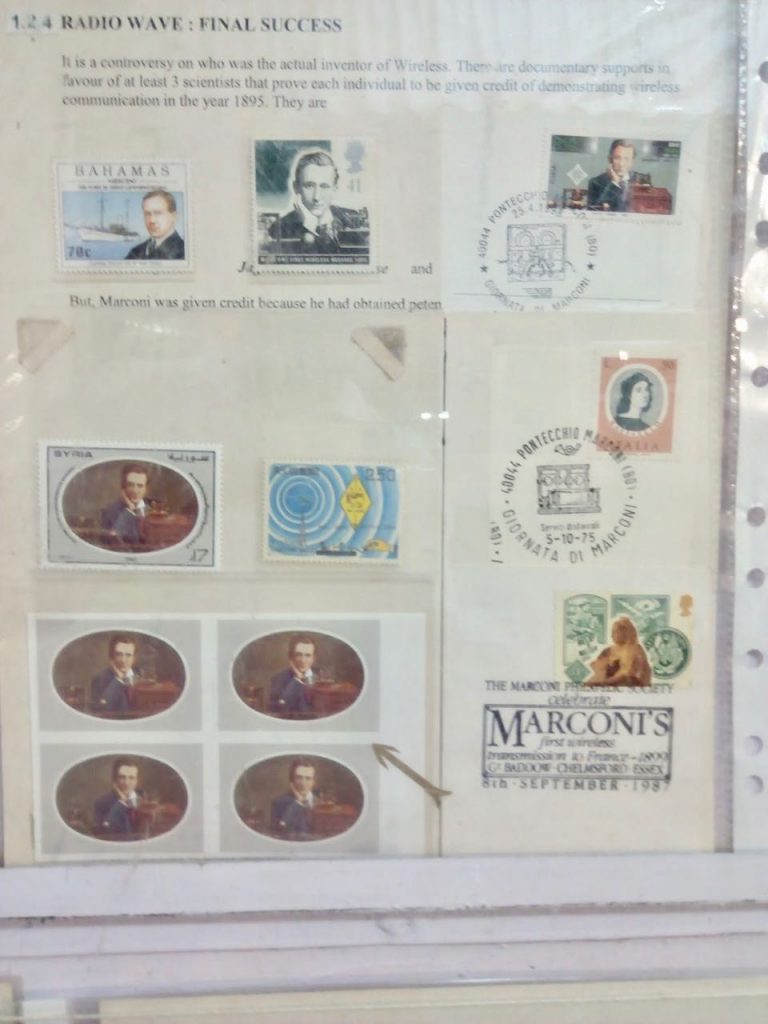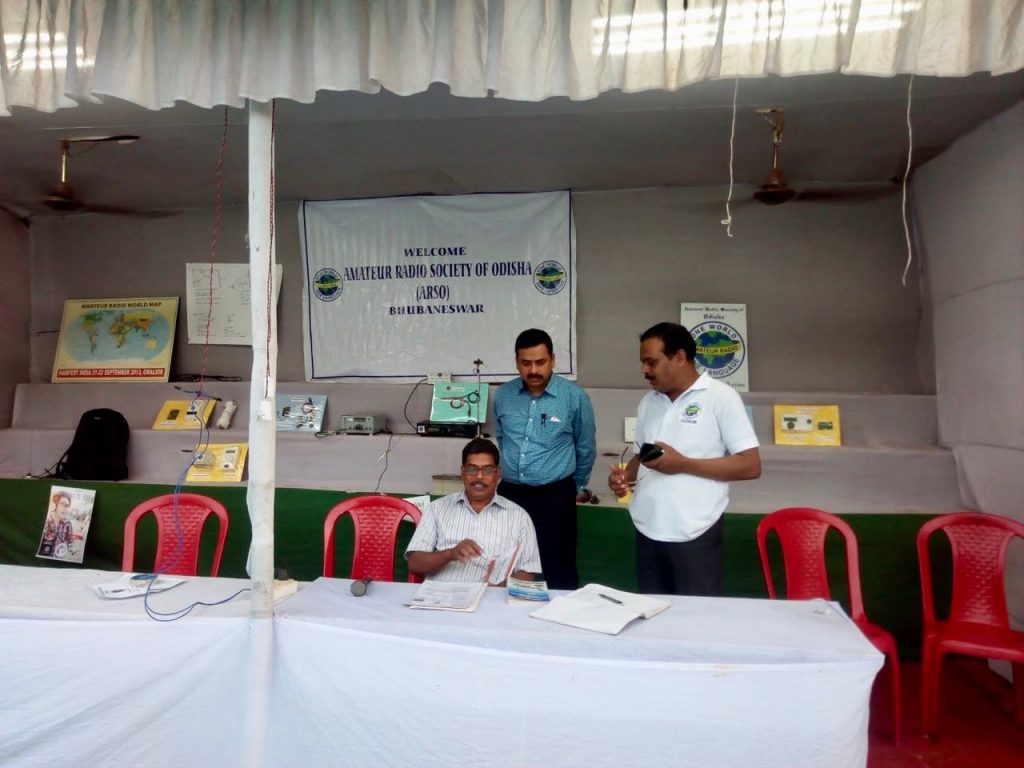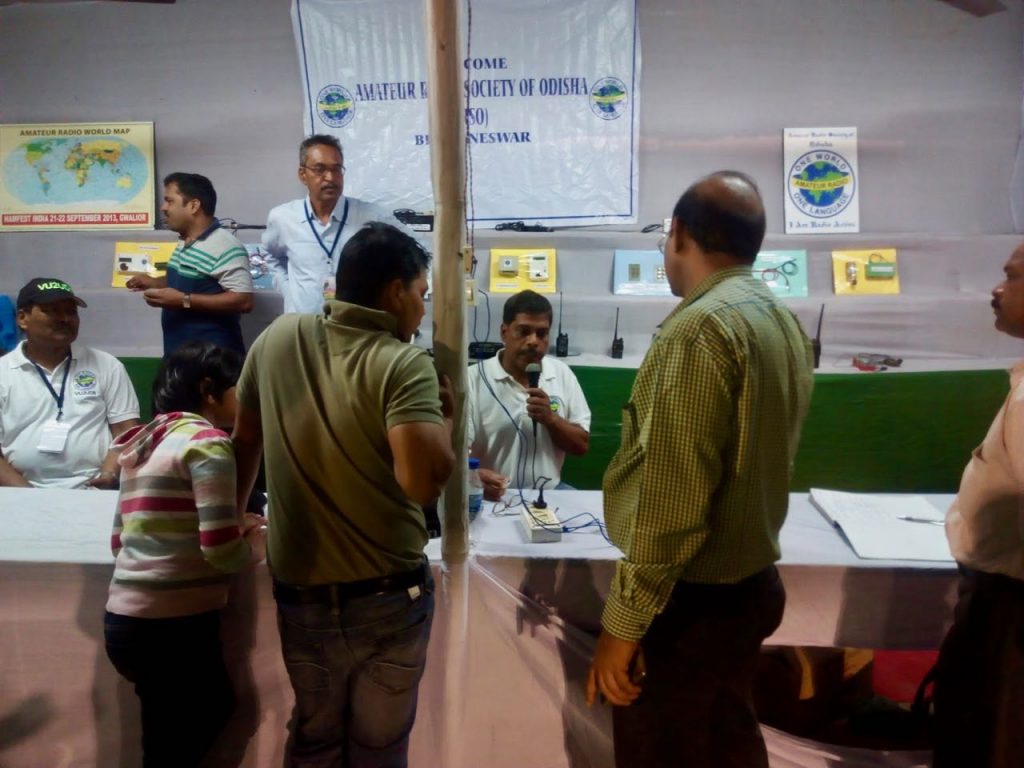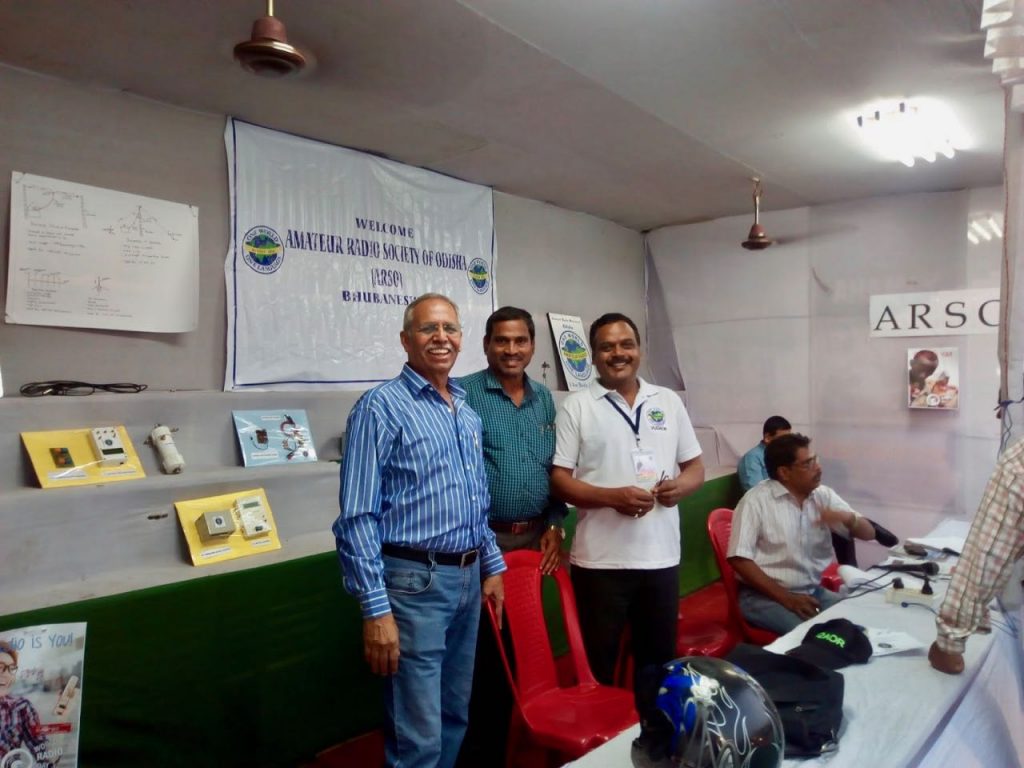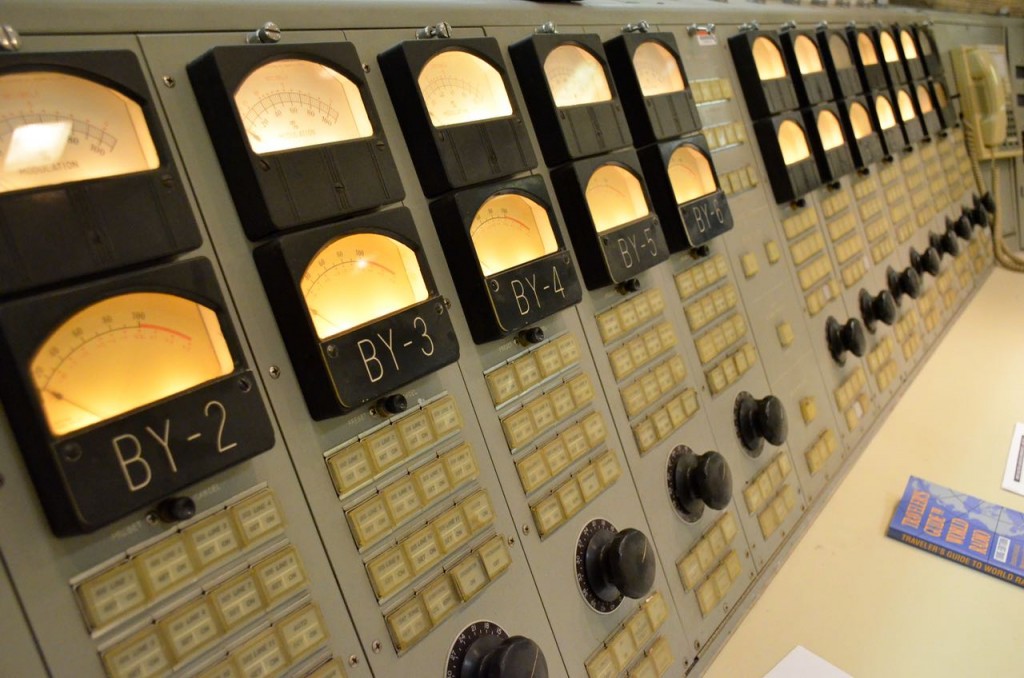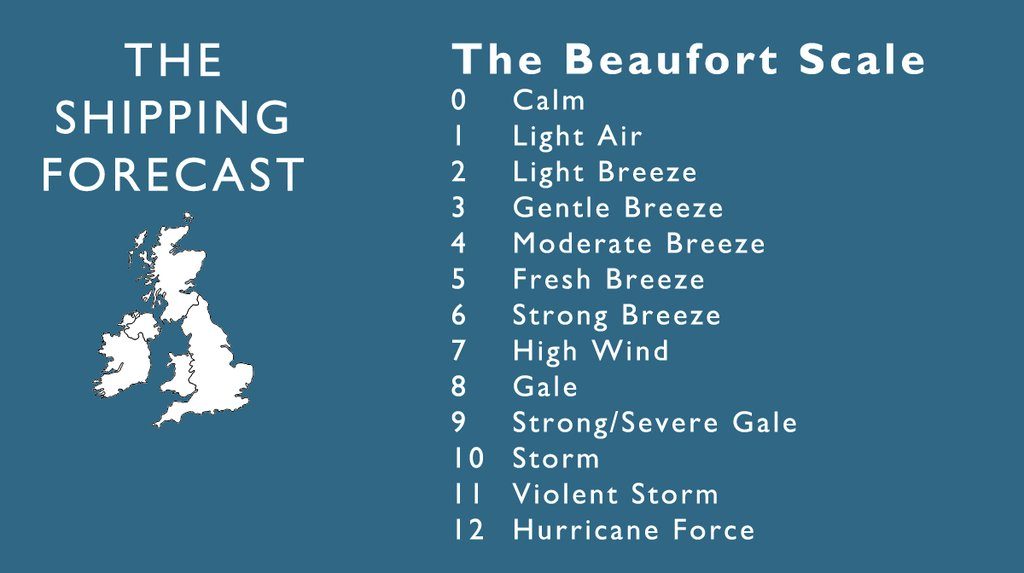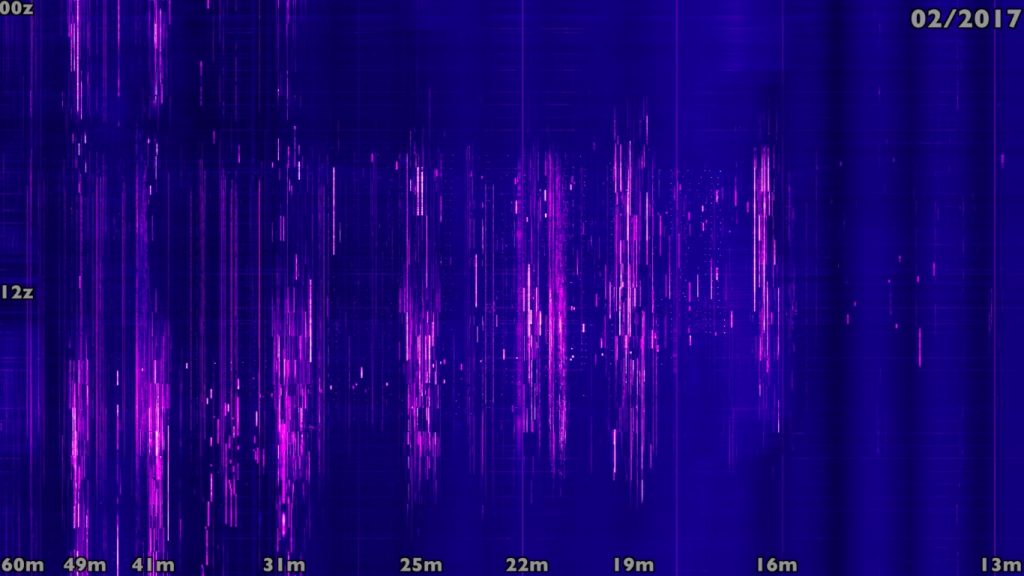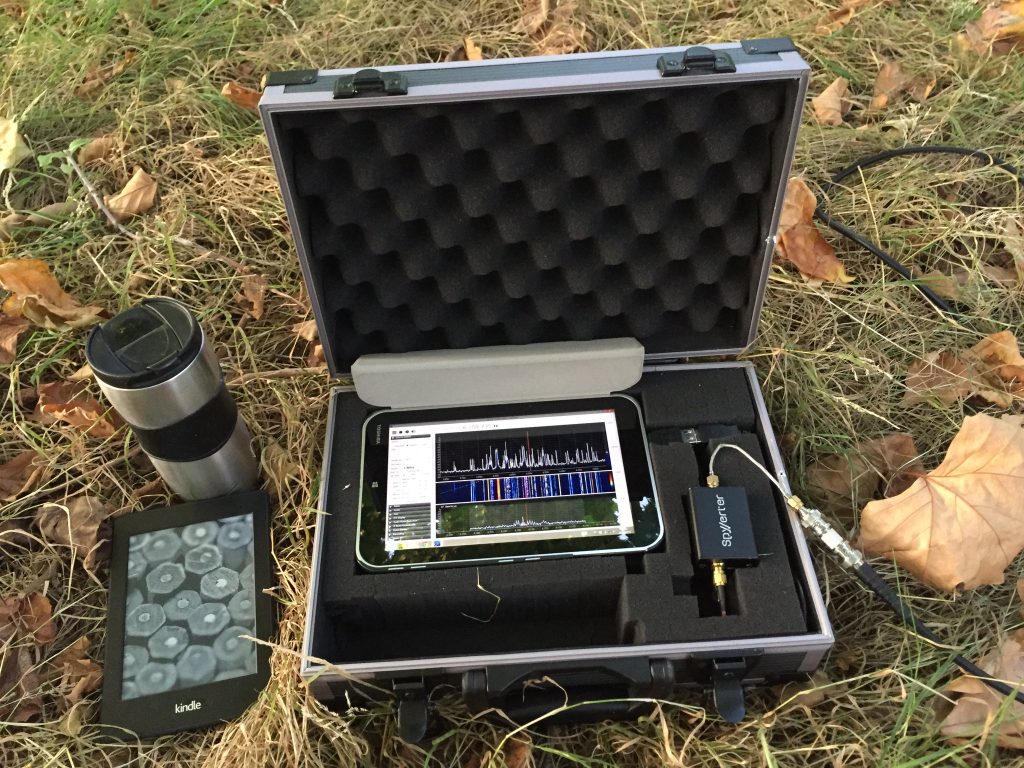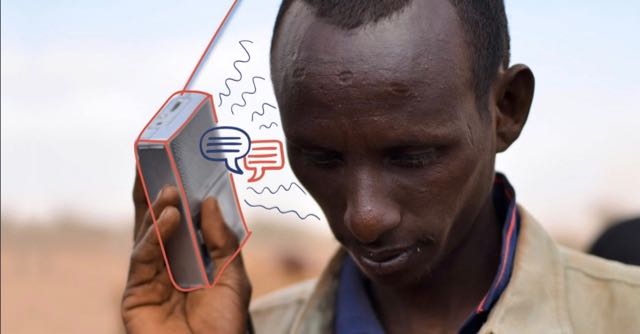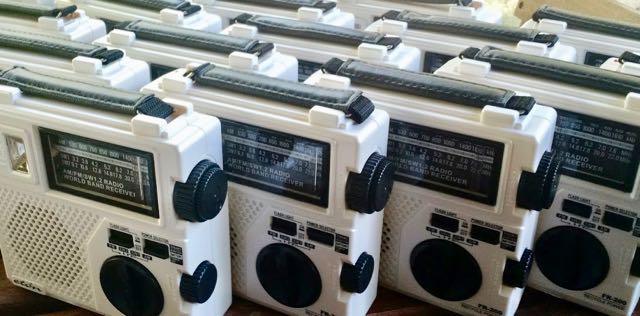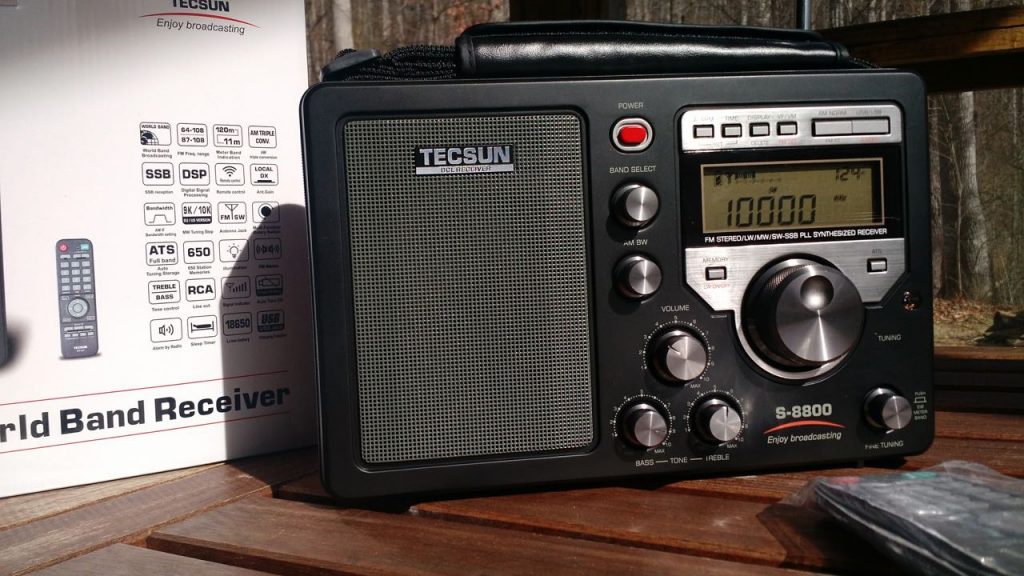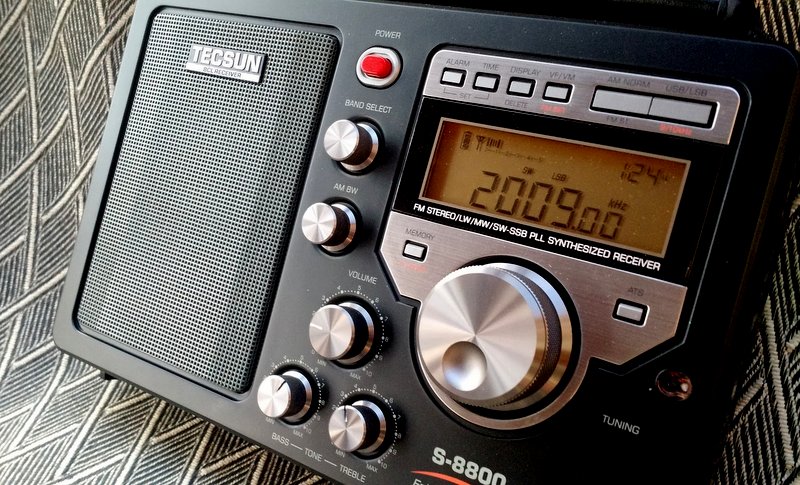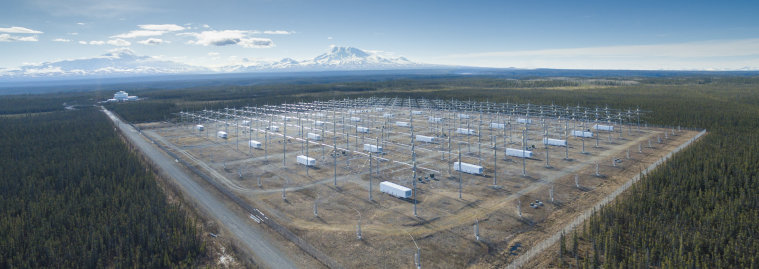 (Source: University of Alaska Fairbanks News)
(Source: University of Alaska Fairbanks News)
UAF plans HAARP research campaign
The University of Alaska Fairbanks Geophysical Institute is planning its first research campaign at the High Frequency Active Auroral Research Program facility in Gakona.
At the end of February, scientists will use the HAARP research instrument to conduct multiple experiments, including a study of atmospheric effects on satellite-to-ground communications, optical measurements of artificial airglow and over-the-horizon radar experiments.
Members of the public can follow one of the experiments in real time. Chris Fallen, assistant research professor in space physics, will be conducting National Science Foundation-funded research to create an “artificial aurora” that can be photographed with a sensitive camera. Observers throughout Alaska will have an opportunity to photograph the phenomenon, which is sometimes created over HAARP during certain types of transmissions.
Under the right conditions, people can also listen to HAARP radio transmissions from virtually anywhere in the world using an inexpensive shortwave radio. Exact frequencies of the transmission will not be known until shortly before the experiment begins, so follow @UAFGI on Twitter for an announcement.
For more details on the dates and times of Fallen’s experiments, as well as information on how to observe, visit https://sites.google.com/alaska.edu/gakonahaarpoon/. Information is also available at the HAARP website, the UAF http://gi.alaska.edu/haarp-0 and the official UAF HAARP Facebook page, https://www.facebook.com/UAFHAARP/.
Operation of the HAARP research facility, including the world’s most capable high-power, high-frequency transmitter for study of the ionosphere, was transferred from the U.S. Air Force to UAF in August 2015.
Research funding agencies include the National Science Foundation, Department of Energy’s Los Alamos National Lab and the Naval Research Laboratory.
ADDITIONAL CONTACTS: Contact HAARP personnel with any questions at [email protected].


